What happened to pianos, the solo singer and the pub sing-song?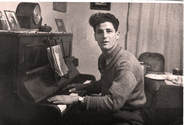 Before the “Wall of Sound” of amplified music and speakers on poles that threaten to bring down the ceilings of hostelries built even before there was electricity; most pubs just had a piano to supply music to its clientele. Pub entertainment was a piano, sometimes a solo singer, but always a general sing-song. Pubs without a piano were the exception and I can't think of a Ciren pub didn't have one. Piano players rarely sang, well not In Ciren they didn’t. My Father and I both played in the Ciren Pubs and while we both bashed out popular hits such as “Roll out the Barrel” and “Danny Boy:”, we left singing and playing at the same time to professionals such as Mrs Mills for example, who we listened to on the wireless playing tunes that mostly dated from the First and Second World War (with a bit of boogie-woogie). It was a time when piano music was extremely popular and those that played well, were the celebrities of the day. We had Russ Conway from Bristol who appeared weekly on the Billy Cotton Band TV show and Joe “Mr Fingers” Henderson who also regularly on TV and the wireless too. It seems incredible in this age of electronically produced and amplified sound that Russ Conway had 20 piano instrumentals in the UK Singles Chart between 1957 and 1963, including two number one hits; his “ Roulette” even deposed Elvis Presley in the charts. Banjos At one time in the 1960's the Crown also had a Banjo player. Every weekend the bar at the Crown would be full of people, singing their heads off to a version of Lancashire’s George Formby’s “When I’m Cleaning Windows”. A version because rather than with the usual Lancashire accent, the banjo player sang with a broad Gloucestershire accent and the song became “ When I be cleanin’ Winders”.
1 Comment
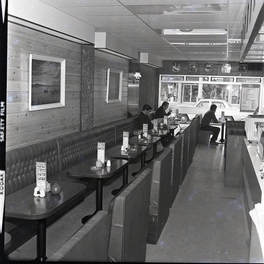 Cafes – Greasers and Mod haunts. Meeting a friend in town for a Coffee the other day, I remembered a time when there were very few places you could actually go to at all for a Coffee in Ciren. I remembered, in the 1960’s there was the Castle Grill were you could be sure of tea, and also coffee, which in the 60’s was a far less popular beverage than it is now. The Castle Grill had two sides; a coffee bar mainly for the youngsters and a “posh” side where you could sit at a proper table and order a meal. The coffee bar in the 1960’s was primarily the haunt of the motorcyclist or “Greasers” as they were known at the time while Scooter riding “Mods” went elsewhere. As a part-time “Greaser” at the time, I have no idea where the Mods actually went, but I guess they went to the Copper Kettle café a little way further down Castle street. Readers will probably correct me on this, but the Castle Grill had the only jukebox in town and for a “tanner” (6 old pence) you could select a record from the latest hits – as long as the owner had filled it with them that week from Carrols Record Shop in Cricklade Street. The “Greasers” and the “Mods” in Ciren largely dropped away as the 1960s progressed and by 1967 “Flower Power” had started to drift into Ciren in its place. Many of us teenagers were by now sporting Bell bottom trousers and floral pattern shirts with wide collars. It was time when you had to “ Be there or be Square” and the “there” place to be in the late 1960’s was no longer the Castle Grill; it was the Mad Hatter Café opposite the Grill where you could sit and drink frothy milky Coffee at twice the price you used to pay over the road. 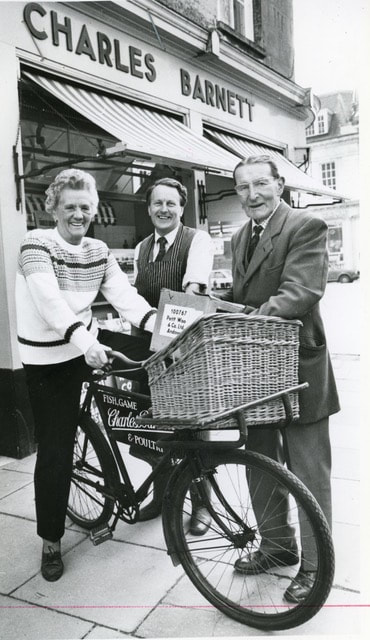 Delivery Bikes When I was a boy, my Mother used go into town several times a week to do her shopping. Once or twice a week she went to the Butchers and the Fishmonger and then once a week to the Grocers where there was a proper counter and a stool to sit on while you gave the assistant your order for groceries. These would be itemised by the assistant on a hand written receipt and delivered later that week by bicycle. Before Tesco or Waitrose in Ciren there used to be several Grocery shops in town that delivered. My Mother was loyal to the Wheelers Stores at the junction of Cricklade Street with Ashcroft Road which was just down from Macfisheries which was where she would buy what she called “Yellow Fish” on a Friday (Smoked Cod) to be later poached in milk for tea. In those days – and still is for many Ciren folk; we had “Dinner” at Midday to One O’clock and “Tea” was from Five O’clock to about 7pm. In the late 1950’s and the 1960’s there were also a number of motorised grocery vans that visited the Estates , Watermoor and Stratton. The vans I remember were like a sort of walk-in version of a furniture van; fitted with shelves that were stacked up with tins of beans, peas and other popular comestibles. Going back to bike: When I was about 13 or so, as well as an evening paper round, I also rode a delivery bike after School and Saturday mornings for Timothy Whites in the Market Place. Many was the time when, rain or shine, I would mount my bike with its metal framed basket and ride to New Mills or up Chesterton to deliver the likes of a Sink Plunger or a new towel rail, while all the time I pedalled the heavy bike, telling myself, at least it wasn’t a sack of coal.. 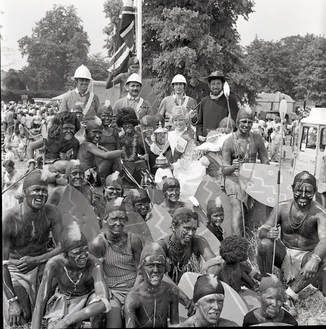 In 1976 the Country marked the Centenary of Queen Victoria’s Diamond Jubilee . That year the Ciren Carnival reflected the event with series of “Imperial” themed floats. But what was thought to be “Imperial” back had a different perspective to the way we understand it today: The Carnival of 1976 had a number of Jingoistic floats depicting domination of people from what was regarded at the time as third World Countries. Throughout my childhood and teens, the only exposure that many Ciren people had to foreign Culture, was a two week Clarkson’s all-inclusive holiday to a Mediterranean destination. Places further away from Spain or the Italian Riviera were mainly only within the experience of those who had served in the Forces or who could afford Thomas Cook excursions. I can remember my Father’s stories about places such as Egypt that he had visited in the Army: places which he described pejoratively, (due to his war experience) but always sounded exotic to me as a child and inspired me to want to visit as many countries as possible one day. I think it’s true to say that until quite late on, many Ciren people had never actually encountered a person with different coloured skin, Culture, or place of origin much further away from Ciren than the County boundaries. It was unusual to see anyone in Town that hadn’t been either born there or was visiting a relative in Ciren. The populist view of anything foreign to Ciren was informed mainly by newspapers, and TV shows such as “Love thy Neighbour” 1972-1976 and the longer running “Till Death us Do Part” ( 1965 to 1992). The Black and White Minstrel show was widely popular attracted an audience each week of around 21 Million viewers. The show presented traditional American minstrel and country songs, as well as show tunes and music hall numbers, usually performed in blackface, and with lavish costumes. 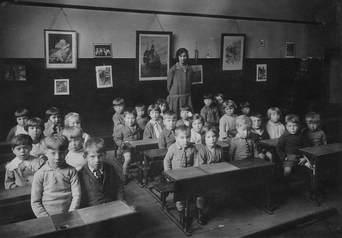 Ciren School Days – 1950’s Pot-Bellied Stoves… I walked past the old Lewis Lane Council School last week and although it’s over 50 years. it seemed like it was only yesterday that I was there as a pupil in my school blazer and the red cap that my mother had bought for me from Scotts; the School outfitters in Castle Street. I noticed the buildings have been altered in some ways since I went there, but the fabric appears almost as it did when I went there in the 50’s. The school is all one building really, but as children we were very aware of the difference between the Primary school on the left side and the Junior School on the right. The differences started at the entrance, with separate entrances accessed by two different gates from Lewis Lane. Once inside, the classrooms had a quasi-Gothic sort of style with high ceilings and large windows through which light would stream in. I don’t think I can recall lights ever being used, but obviously they had them and the fitting of them is recorded in the School records; now in the Gloucestershire Public Record office. There was also heating, which many readers will recall, was provided by coal burning pot-bellied iron stoves. Each classroom had a stove; protected by an iron railing, against which children were allowed to stand if they were feeling a bit “poorly”. During the big-freeze Winter of 1963, I remember there was a queue of “poorly” children waiting for a place at the rail each morning;. each clutching a 3rd a pint bottle of free school milk to warm on the stove. Outside the classroom, there was a playground which was divided by a tall stone wall with solid gate. Once a year in September, the gate would open and with trepidation, infancy was left behind as the 7 year olds filed through to become newly fledged Juniors. 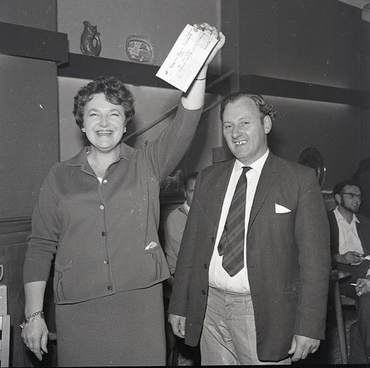 Winning the Pools Watching the Lottery results on TV recently, got me thinking about the time back before the Lottery started in 1994. Back then, almost everyone I knew, did what was simply referred to as "The Pools" each week. The dream was the same as winning the Lottery; the hope of winning a life changing fortune for small outlay. The Pools were cheap to enter, with the potential to win a very large sum of money. I remember in 1961 a woman called Viv Nicholson hit the Nationals News with a win of £152.319; equivalent to £3 million today. Some readers may remember Mrs Nicholson famously said she was going to "Spend, Spend, Spend " and promptly did so on Fur coats, cars and holidays before being declared bankrupt in 1968. The pools entry money was either posted in each week or collected by local Agents who operated on a commission according to how much they collected. I could never understand how the pools actually worked, but I did know that to win a lot of money you had to get “8 draws on a line”; a phrase loosely interpreted at many of the Regal Cinema fancy dress events, and the likes of Butlins holiday Camps in the 1960's, as ”Eight pairs of Drawers on a line” . As well as the National Pools organisations such as Littlewoods, Vernons and Zetters, there were also local organisations that competed for the punters' fraction of a penny a line, but in a much smaller way. In the Ciren area the local pools organisation was the “Wye Valley” from Ross-on -Wye. You could post your entry to the Wye valley, but most people gave their entry to the collector who would call at your house each week. I remember a number of winners in Ciren and like Bingo winners in the town, were reported in the Standard with a photograph of them receiving a cheque.  Competitions Looking back through the old Standards recently, I noticed that while sporting events such as Football and at one time; Water polo have always been popular in Ciren. Other forms of competition have also held popular interest: Competitions such as "Fattest Bacon Pig (1935) , “best hat” competitions at the ABC Regal in the 1960’s to the more esoteric “Pipe Smoking” competitions that continued through to the 1970’s. While many competitions had cash prizes (and silver cups) I don't think there was much betting done, other than on racing and other sports fixtures. If it can be called betting, Bingo is one exception, and although arguably now past its high point from the 1980’s; remains the game of chance for many people. In the 1970’s I can remember my Mother my Aunts, piling into my Father's Ford Zephyr 6 car and driving to Bingo.This would happen at least once or twice a week, and they would travel as far away to play as Cheltenham or Swindon. The Regal in Ciren opened its doors to Bingo players in the 1970’s and operated for a time as a hybrid venue with films shown in one part and Bingo in the main downstairs area. Eventually the films stopped and the Regal continued until it’s closure with just Bingo. My Mother used to win quite often at the Regal Bingo in Ciren. Not particularly large amounts of money, but prizes such as a toaster that she won one evening and a non-stick frying pan another time. The Regal Bingo had a “Snowball” each week - a cumalattive game that was linked by telephone connection to other halls around the Country. The prize money increased each week on a jackpot part of the game, the winning of which was an exciting event for the those present in the Regal, but was also reported in the Standard for wider audience. 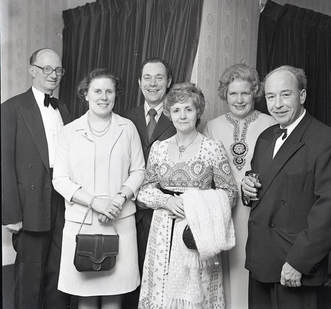 Suppers and Dinners Like most large towns, Ciren has Teams, Clubs and Organisations to suit all. Some, such as the Rotary Club, have been in operation for many years, while others such as the Bull Club and the Freemasons much longer. Many clubs today didn’t exist when I was growing up; we didn’t for example have a Kickboxing club back then and we certainly didn’t have “NinjaTots” to take our children to on a Saturday. Times may have changed but many Clubs and Teams continue to this day to hold social Dinners; some formal and some more casual. The Kings Head hotel and the Fleece in the market place has alway been a popular venue for Dinners and Suppers, but these have also been held as far away as Stratton or down the Victoria road at the function room of the long gone, Foresters Arms. Formal organisations such as the Bull Club used the Fleece Hotel for it’s Dinners, while Cirencester Freemasons held their “Festive Boards” at the Kings Head. Masonic dinners held today at the Masonic Lodge in the Avenue, are fairly simple but back in 1930’s, the menu for the Cotteswold Lodge at the Kings Head included Mock Turtle Soup, Roasted Pheasants, Trifle, Cheese Straws. I’m not sure what The Bull Club serve today but the meeting at the Fleece in 1913, offered Eight courses including, Clear Hare Soup, Turbot with Lobster sauce, Venison, Saddle of Mutton, Partridge, “Savouries” consisting of Herring Roes sur Crout and Devilled Cheese biscuits. Where would a Chef in Ciren find enough Lobsters to make a Sauce for a hundred people? Mock Turtle Soup on the hand was probably fairly easy and could have been sourced locally- It’s made from brains and offcuts such as calf's head or calf's foot to duplicate the texture and flavour of the original's turtle meat.
|

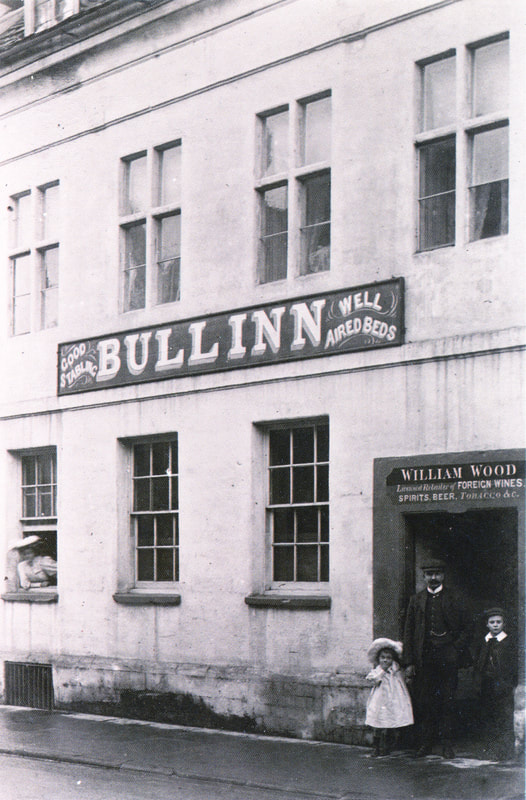
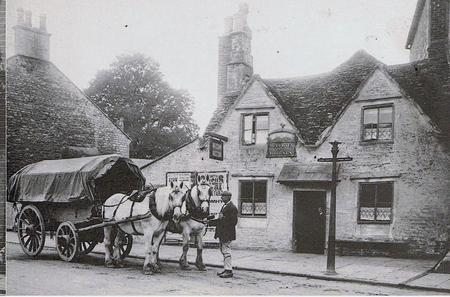
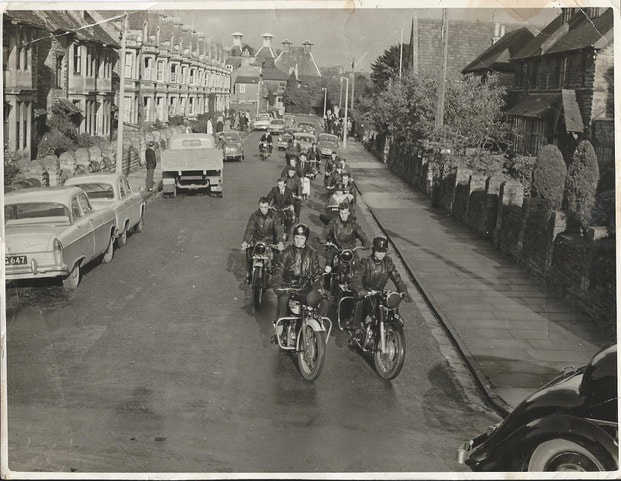
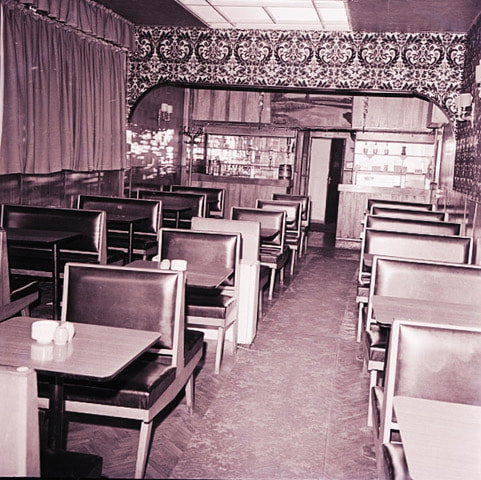

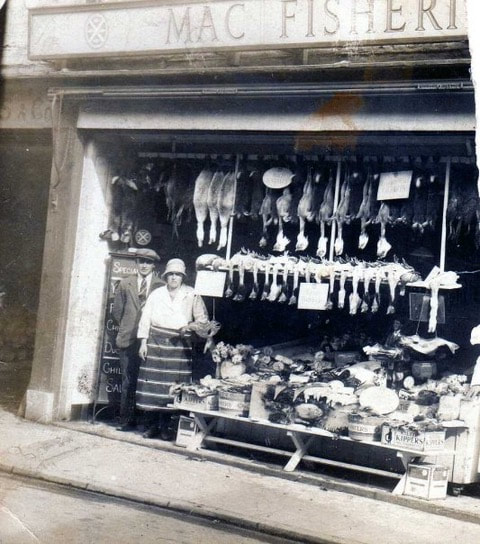
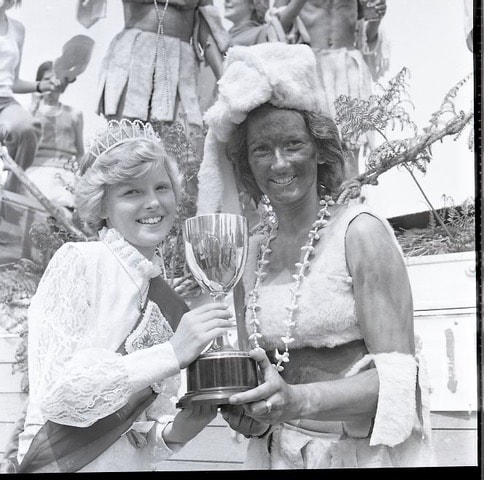
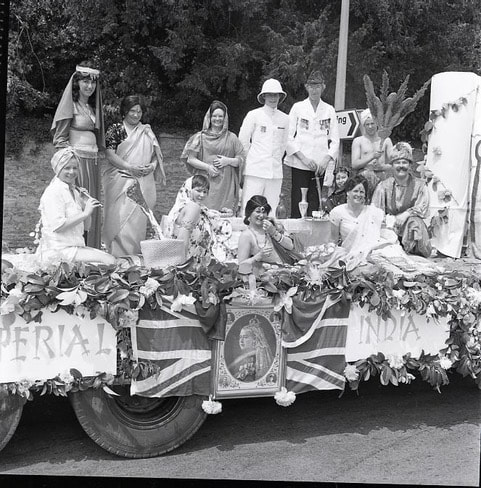
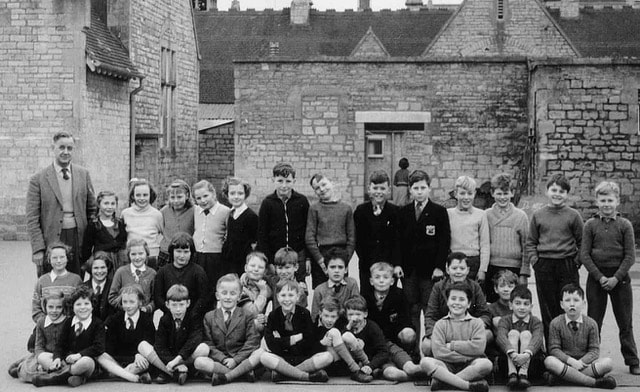
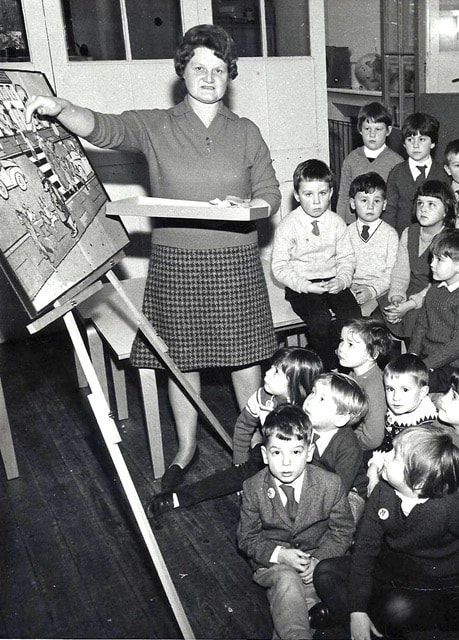
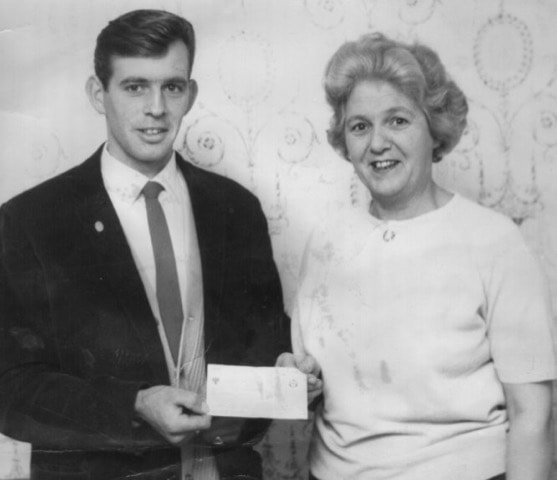
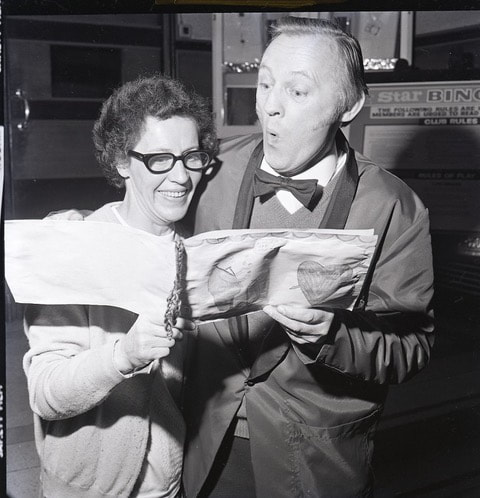
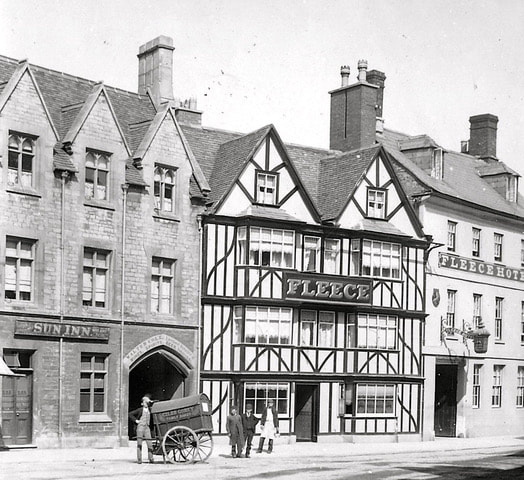
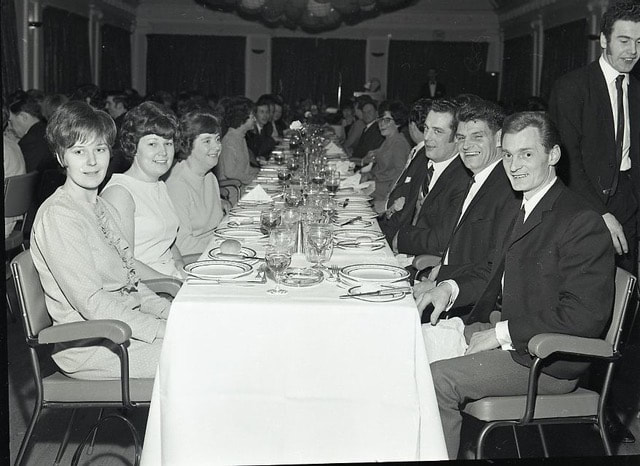
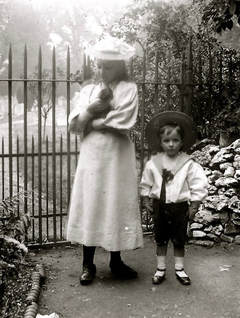
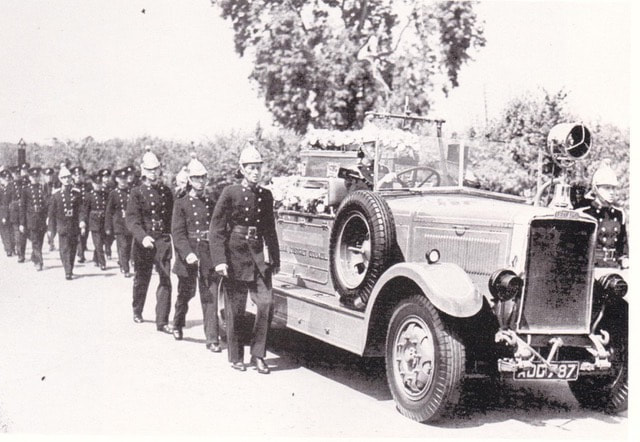
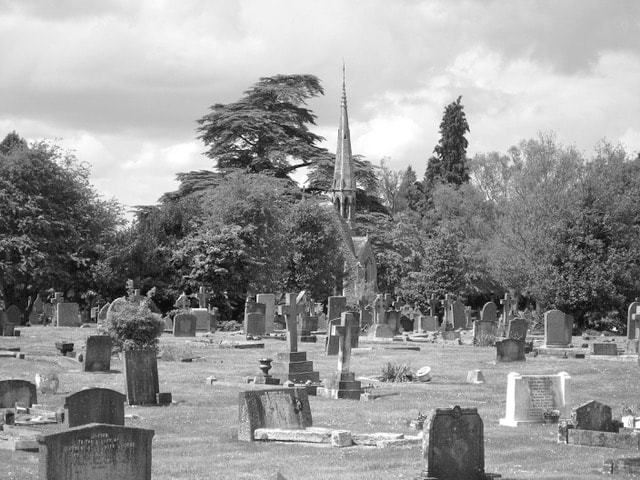
 RSS Feed
RSS Feed